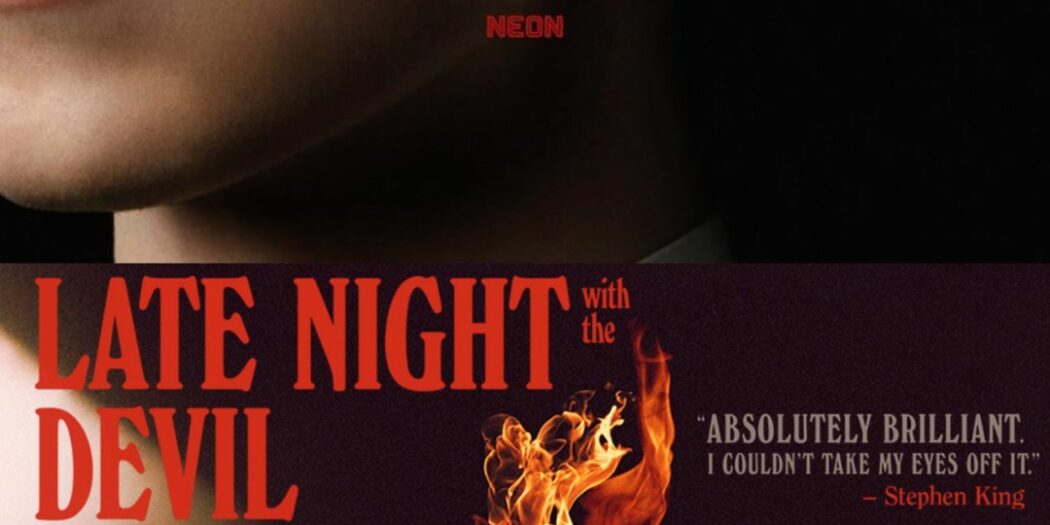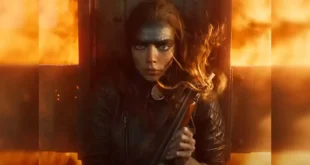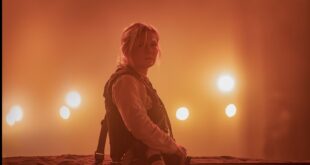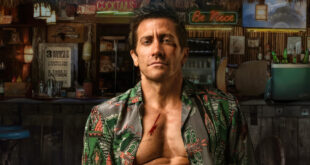Horror remains one of the most exciting movie genres today and a longtime favorite of mine. Horror movies remain popular because they tap into basic human emotions like fear and curiosity in a safe environment. They provide a thrill akin to rollercoasters, allowing viewers to experience and manage fear without real-world consequences. This is why it remains a popular genre that sees more creativity than other genres. The two horror films I’m reviewing today have supernatural horror themes, but their similarities end there. Both films feature leading solid work from their stars, Sydney Sweeney (Immaculate) and David Dastmalchian (Late Night with the Devil).
In Immaculate, a young American woman, played by Sydney Sweeney, joins a convent in Italy, only to find herself embroiled in a deeply unsettling mystery. Shortly after taking her vows, Cecilia discovers she is pregnant despite never having had sexual intercourse. This miraculous event quickly spirals into a horrifying ordeal as she uncovers a dark conspiracy within the convent. The film explores themes of control and autonomy, framing Cecilia’s pregnancy as a battleground over her body, with the convent’s patriarchal figures exerting oppressive influence. They refuse her the right to seek external medical help or leave the convent, further isolating her as she begins to see ominous, cloaked figures on the grounds.
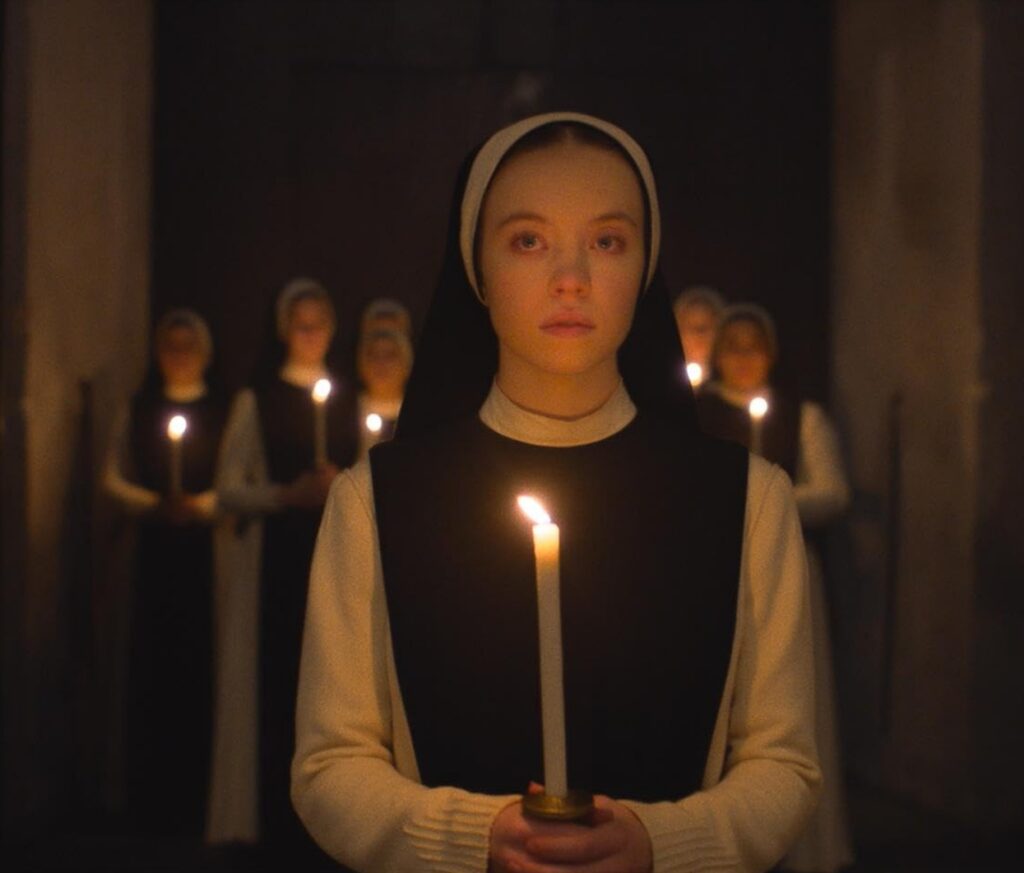
Without Sweeney’s performance, this would be another movie but wide-eyed, and all she carries through is a rather pedestrian story we’ve seen. She has an affinity for horror, as evidenced by her being listed as one of the film’s producers. This project has been trying to get off the ground since 2014. The way the film unfolds is somewhat predictable, but this leads to a rousing, somewhat controversial finale where Sweeney gets to shine for two straight minutes. The film’s cinematography and setting contribute to the eerie atmosphere. Overall, Immacualte is flawed but worth checking out.
**1/2 out of ****
Late Night with the Devil is set in the 1970s and centers on a live television broadcast that takes a terrifying turn. The plot follows TV host Jack Delaney, who decides to host a live séance on his late-night talk show, aiming to boost sagging ratings. As the show progresses, supernatural events begin to occur, blurring the lines between reality and the paranormal. The situation escalates rapidly as the studio becomes a playground for dark forces, trapping Jack, his crew, and the audience in a nightmarish scenario. The film explores themes of media manipulation, the quest for sensationalism, and the unintended consequences of invoking forces beyond one’s control.
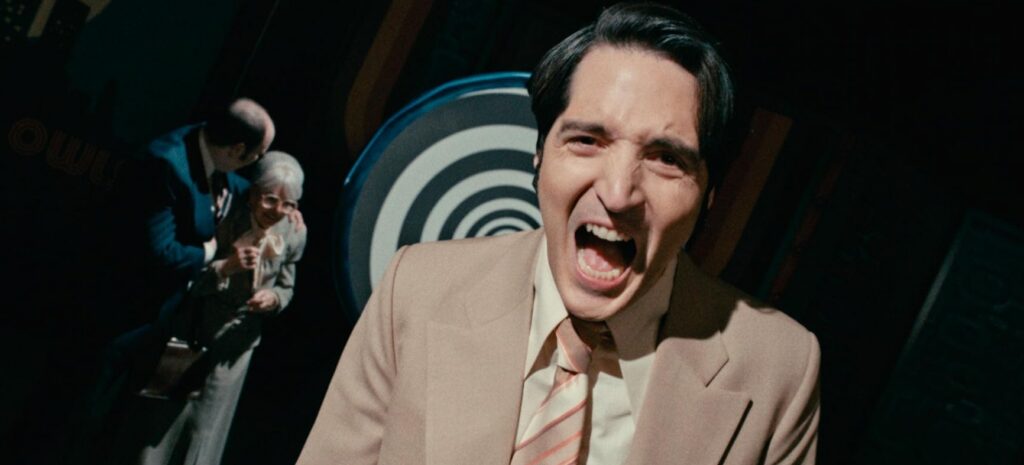
This is the David Dastmalchian show from start to finish. His performance as Jack Delroy, the host desperate to boost his show’s ratings, is central to the film’s impact. He manages to convey vulnerability and a nuanced depth, adding layers to the unfolding supernatural chaos. There’s more going on with Jack than initially appears. The film illudes to that somewhat but wisely chooses to unfold these character revelations increasingly throughout.
There’s creative use of the found-footage style, enhancing the authenticity and immersive quality of the 1970s setting. This approach, along with the grainy visual quality and period-appropriate designs, effectively heightens the eerie atmosphere.
The film occasionally suffers from pacing issues and relies on familiar horror tropes that may not surprise seasoned genre fans. However, the engaging narrative and thematic depth, exploring the dark side of media influence and personal ambition, prevent these flaws from being critical. There are times when the special effects seem cheap. Despite that, the mix of nostalgia, innovative storytelling, and psychological horror culminates in a chilling experience that both critiques and celebrates the horror genre.
*** out of ****
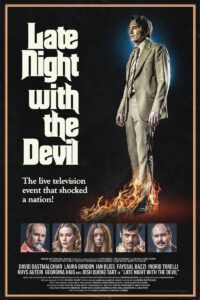
 Movie Finatics The Place for Movie Lovers
Movie Finatics The Place for Movie Lovers
